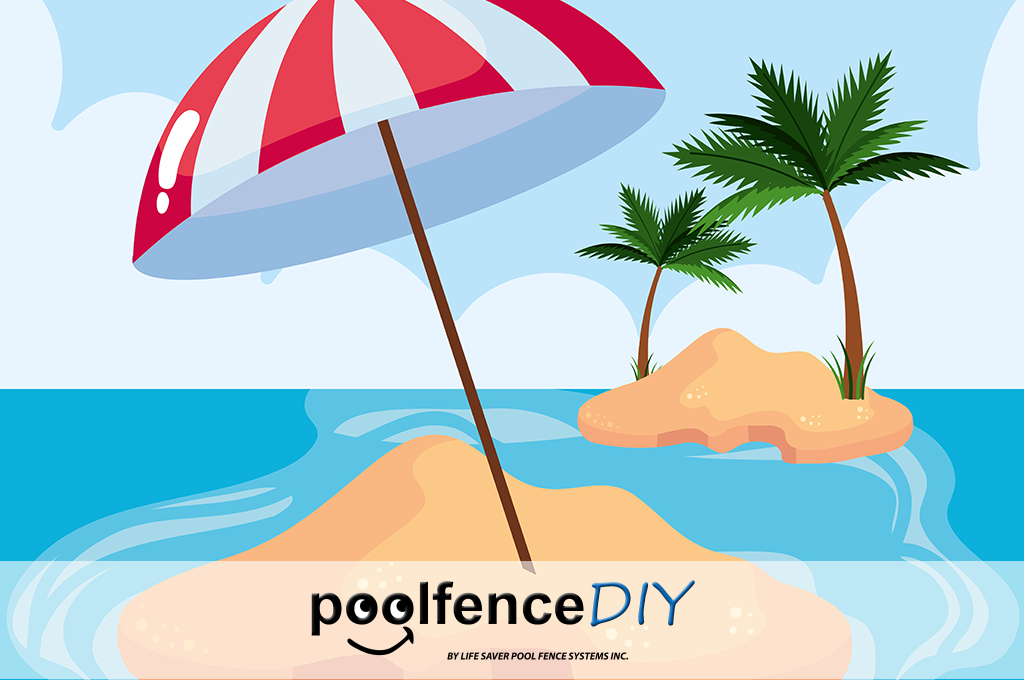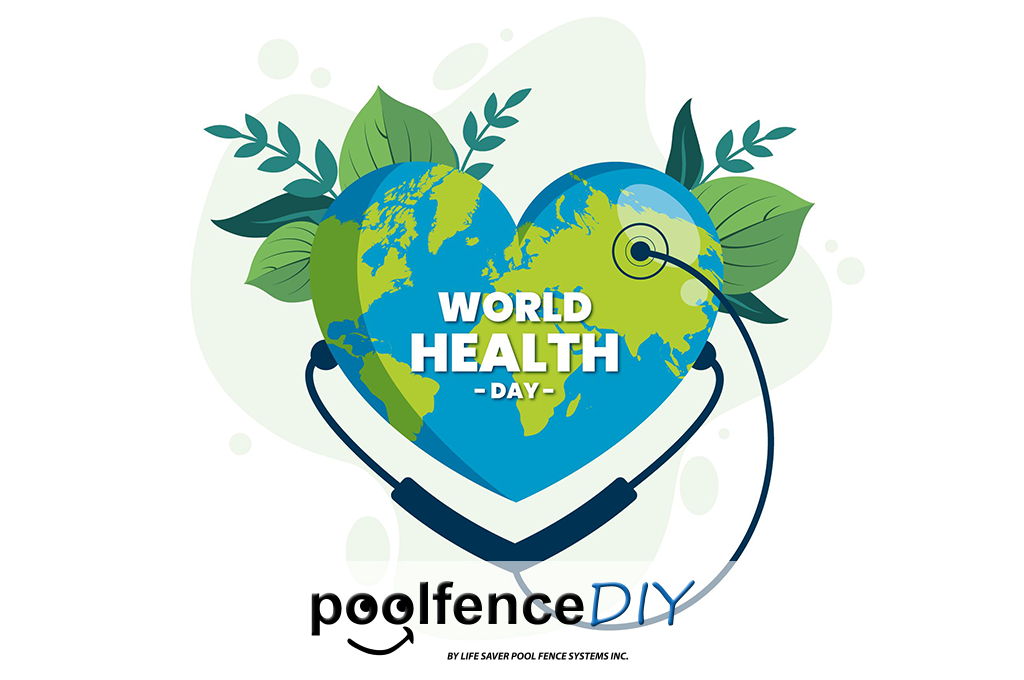Water safety doesn’t have to stop at the pool. If people are gathering to swim in any body of water, it pays to take precaution. As an example, Lake Michigan recently set an unfortunate drowning record with 53 lives lost in 2020. That’s 53 lives lost, so far! Let’s take a closer look at these numbers and talk about some important lake drowning prevention tips.
Heavy Drowning Danger in Lake Michigan
On the
Pool Fence DIY blog, we don’t normally cover local stories. Instead, we cover the entire nation. However, this tragic situation doesn’t only affect Michigan. It offers a teachable moment for all of our readers. This hot summer offered up unprecedented high water levels and people were hitting the beach. A lot of this was a reaction to COVID-19 quarantine guidelines. Regardless of the causes, Lake Michigan set a grim milestone of high drowning levels. As dark as this tale is, it also speaks to how the entire country can be more cautious. We all need to take safety into mind when it comes to lake drowning prevention. You can read the full story about
Lake Michigan here.
Lake Drowning Prevention
When it comes to lake drowning prevention, a little preparation can go a long way. Whether swimmers are toddlers, teenagers or even adults, water safety requires a bit of education and knowledge of your surroundings.
Throughout the rest of this blog post, we’ll offer some helpful water safety tips to keep lake swimmers out of harm’s way.
On the Beach or Dock With Children
When it comes to lake drowning prevention with small children,
active supervision is a guardian’s best friend. During these times, it is easy to become distracted. Don’t be lulled into a false sense of security. Small children love to slip away and explore, even while everyone is relaxing on shore. However, an attentive adult should always be on duty. This means having someone dedicated to watching the children without succumbing to distraction. Phones, books, TV shows, conversations… you name it! All of these potential distractions should be eliminated. This will help the adult to keep the kids safe.
Additionally, no one should go into the water without a responsible adult nearby. This person should always remain within arm’s distance of a child. If there is an emergency, being able to leap into action is crucial.
Additionally, for adults watching small children, it is important to keep a close eye on every possible route to the water. Now, at home, we recommend multiple layers of security, including pool fences, alarms and more. However, at the lake, these may not be available. Good old-fashioned supervision may be your best defense.
Of course, adults should be cautious as well. It is always best to swim with someone else. At the very least, someone should always know when you are headed into the water.
Lifeguards and Life Jackets
As we saw in the Lake Michigan stats, lake drowning prevention is a critical safety step. Beyond little kids, water safety rules extend to everyone. Swimming in lakes requires careful attention and adherence to rules. Don’t ever swim in a lake without a lifeguard present. Drowning is faster and quieter than most of us realize. A person can fall into danger without realizing it… and more importantly, this can happen before their friends even realize what is happening! Believe it or not, more than half of fatal and nonfatal drowning incidents involving teenagers took place in natural water settings. To learn
how to save yourself from drowning, read our dedicated blog on the topic.
Additionally, don’t forget the value of a
U.S. Coast Guard approved life jacket. Life jackets are meant to keep your head above water and help you to remain in a position that permits proper breathing. For further information, check out our post about
choosing a safe life jacket.
According to the CDC, drowning is the leading cause of accidental death for children under the age of four. Children who are not strong swimmers should have life preservers in the water. For everyone over this age, take extra precautions. Don’t just assume that you are safe because the water seems calm. Far too many people have been pulled under the waves because they didn’t take the potential danger seriously enough.





